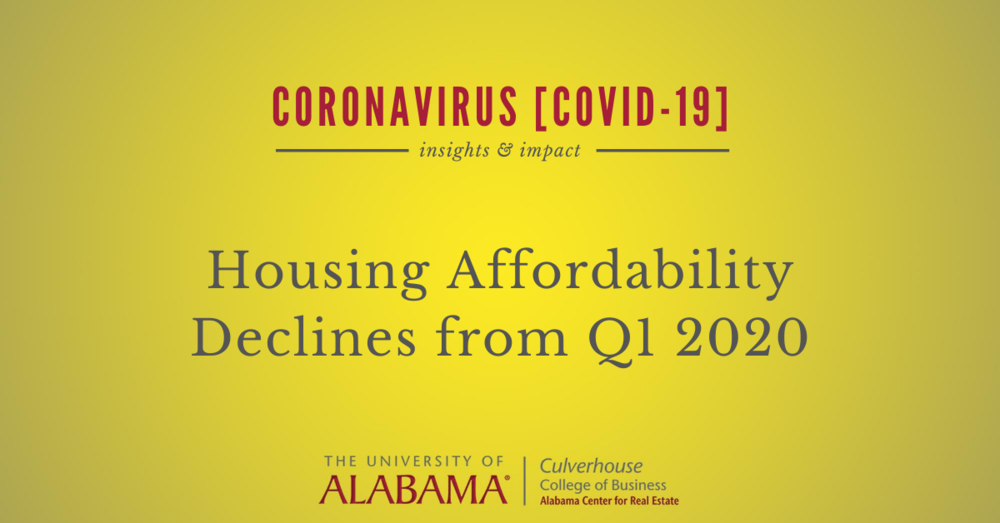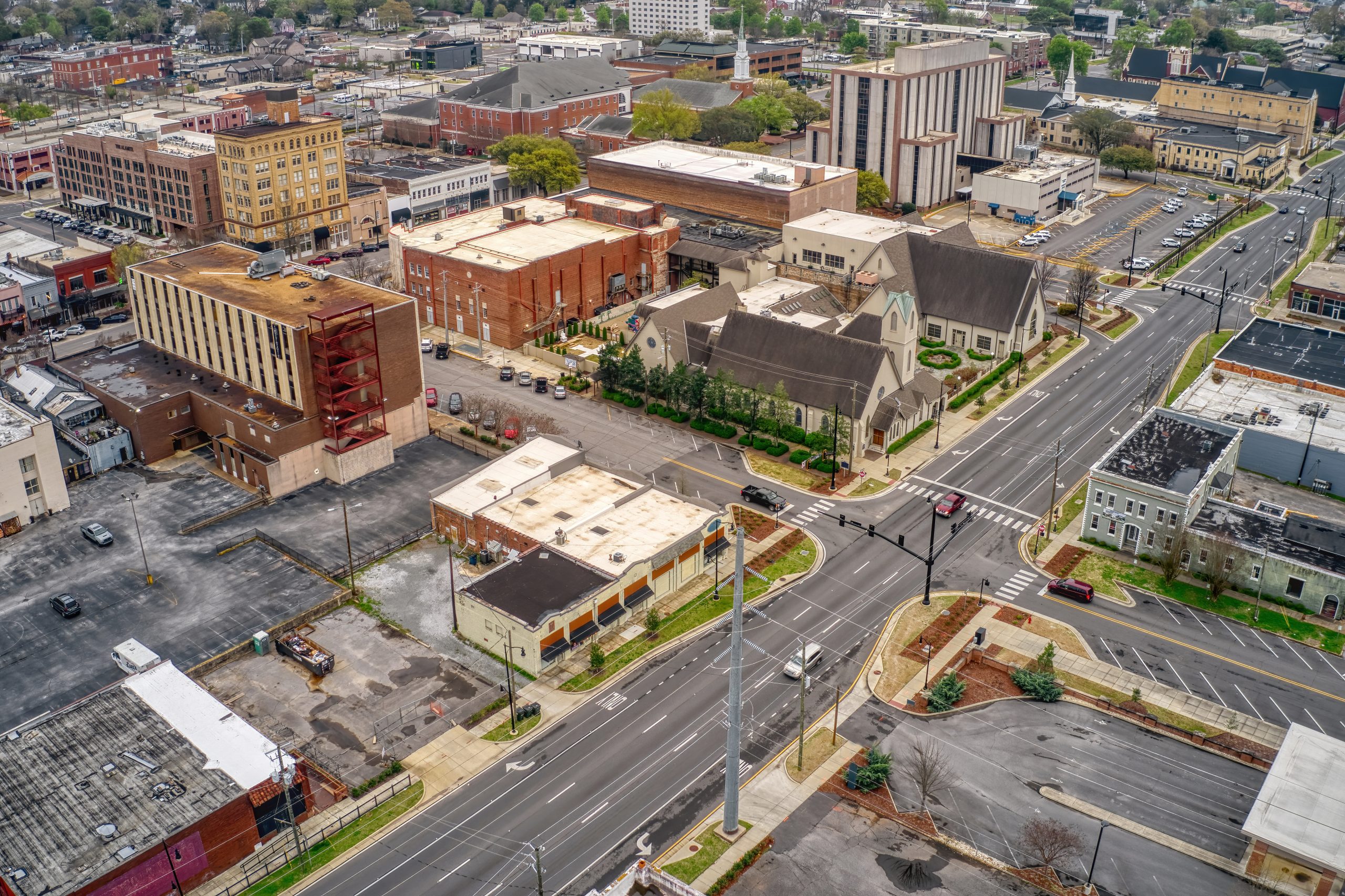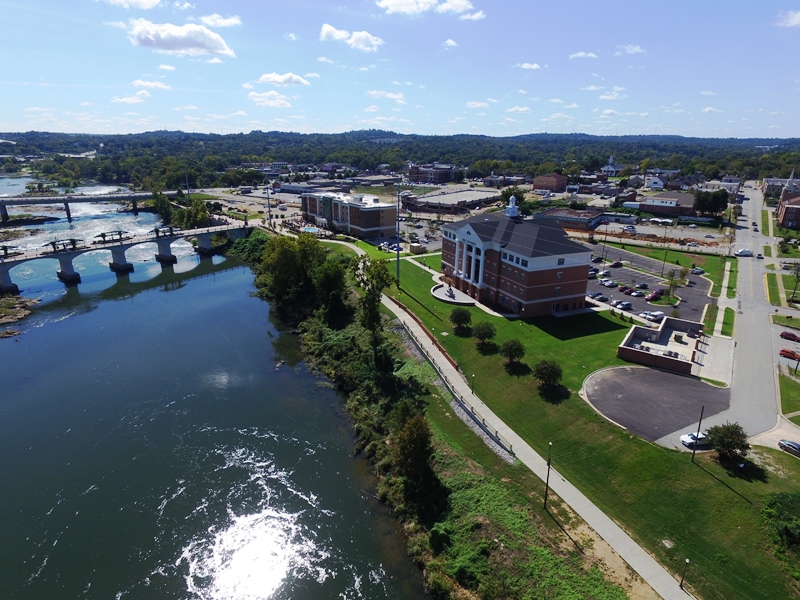As measured by the Alabama Housing Affordability Index (AHAI), housing affordability in the state declined 5.3% quarter-over-quarter. Although median family incomes were on the rise in 7 of 12 metro areas, and rates on a 30-year fixed mortgage are nearing historic lows (composite rate of 3.23% in Q2 2020), home price appreciation continued to trend upwards in the second quarter of 2020, with the statewide median sales price increasing 9.8% quarter-over-quarter and 10.1% year-over-year.
Nationwide, housing affordability declined slightly when compared to the first quarter of 2020. The index score decreased slightly (-2.2%) from 167 to 163. Similar to markets in Alabama’s metro and non-metro areas, gains in median family income (in most areas) and declining mortgage rates helped offset rising home prices. Home sales prices have grown at higher rates during the pandemic than they were pre-pandemic, with the Q2 nationwide median sales price gaining 5.9% quarter-over-quarter, and 4.2% year-over-year.
The impact of the pandemic to residential markets has been broad, but one of the more significant effects has been the reduction in properties listed for sale. Inventory was low coming into the pandemic, and has tightened further in the second quarter as a significant number of prospective sellers choose to wait for more stable times. June listings nationwide declined 18% (rounded) year-over-year, and fell 25% Y/Y in Alabama.
The drop in June listings marked 64 consecutive months of Y/Y inventory declines in Alabama, with the last gain in February 2015. Inventory has tightened further due to the pandemic, with inventory declines averaging 15% in the first quarter of 2020, and 21% in the second quarter. Mobile has the state’s longest streak of inventory declines (80 consecutive months), a trend that began in November 2013. The trend of increasingly tight inventory, both in Alabama and the United States, has played a significant role in the upward trajectory of median sales prices. For home buyers, however, historically low interest rates have helped offset, to some degree, rising home prices.
KC Conway, ACRE’s Director of Research and Corporate Engagement said:
“Alabama and the nation entered 2020 with a housing affordability problem that has not abated due to the Coronavirus. That surprises some, but it shouldn’t. Inventory from both new and existing housing perspectives has not responded to strong demand that has held up despite job losses from the virus in March and April. Add to that imbalance record low interest rates and you have the formula for strong home price appreciation. And although the lower interest rates provide for more home purchasing ability, the rise in prices due to the dearth of inventory more than offsets the benefit and affordability erodes further.
ACRE’s analysis of housing data representing closed transactions provided by local Realtor associations suggests that affordability will remain strained through the second-half of 2020 and into Spring 2021 as there are not indications builders are ramping up new construction activity, nor more existing homes coming onto the market to meet healthy demand fueled primarily by Alabama’s job market.
Alabama’s housing market has matched or outperformed the nation on most housing metrics, including housing affordability. The one trend to watch for impact on affordability is the record number of American households unable to pay their rent or mortgage (23%). When these rent and mortgage forbearance programs end this Fall and next Spring, more existing home inventory housing may come to market as homeowners wrestle with repayment and higher loan-to-value ratios that require right-sizing. The strain on affordability will remain on the entry and first-moveup segments (under the $200,000 to $250,000 price range) as the cost to build are increasingly not feasible for under $250,000 homes.”





